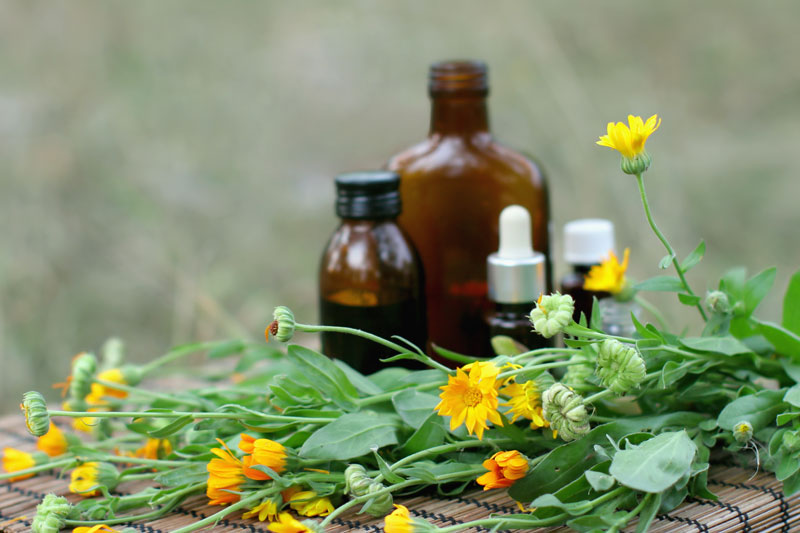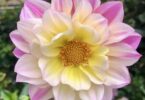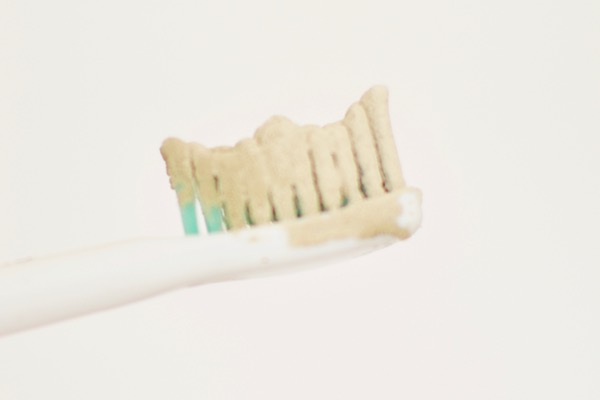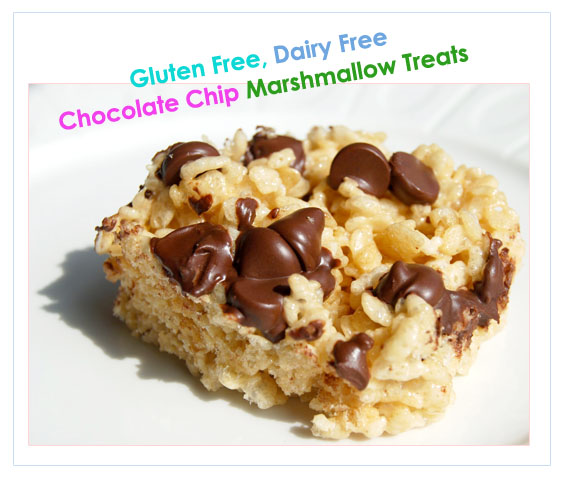Find out how to make your own tinctures at home…
There are MANY herbal remedies that you can take to improve your health! You can sniff peppermint oil to ease your headache, make ginger tea to soothe a sore throat, drink chamomile tea for an achy stomach, or even have a spoonful of yoghurt to ease digestive upset. These remedies are simple, but what happens when you need something a bit more potent? That’s where a tincture comes in handy!
A tincture is basically a concentrated form of the herbal compounds that provide healing benefits. The alkaloids, essential oils, minerals, and glycosides of the herbs have been extracted into the solvent, usually made from alcohol or vinegar. A dose of tincture is meant to be as effective as an entire cup of herbal tea, helping you to get more benefits from less liquid!
How to Make Your Own Tinctures
Here’s how to make your own tinctures at home:
Step 1: Gather the appropriate items. This will include 80- to 100-proof alcohol (vodka or brandy are best), the herbs you are going to use to make the tincture, a 16-oz. jar with its lid, dark glass bottles (for storing the stuff), a strainer, funnel, cheesecloth, and a measuring cup.
Step 2: Mix the ingredients. Place the herbs into your mason jar, filling the jar all the way to the top. Use a pestle to bruise the herbs, releasing the essential oils. There should be enough space for the plants to move around easily, but you should fill the jar at least ¾ of the way.
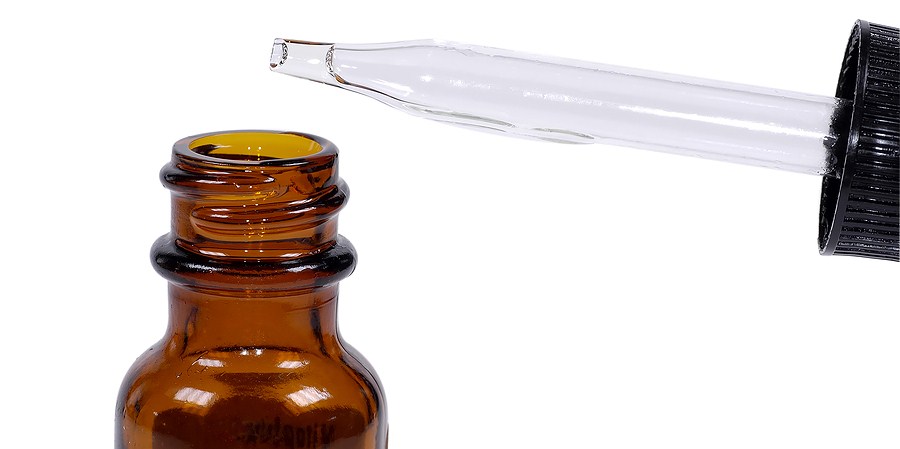
READ MORE: Natural Remedies to Treat Lady Problems
Step 3: Add the liquor. Once the herbs are added, pour the alcohol into the jar. The stronger the alcohol, the better! Try to go for a liquor that has a 40 to 50% alcohol content. Fill the jar completely, all the way to the lid level. There should be no herb leaf exposed to the air.
Step 4: Store. Screw the lids on tightly and place the jars in a cool, dark place. Make sure that they have a label so you know what’s in the tinctures, as well as the date that they began steeping.
Step 5: Let them sit. For the first week, you’ll want to swish the liquid around inside the jar once a day. This will ensure that all of the plant matter is being properly soaked, guaranteeing the best quality tincture. Once that week is up, let the jars sit for another 5 weeks–for a total of 6 weeks of steeping.
Step 6: Strain and pour into bottles. Use the strainer to pour the liquid into a mixing bowl, and use a cheesecloth to ensure that you get all plant matter from the liquid. Use a funnel to pour the liquid into your dark glass tincture bottles, label, and use!
How to Use Tinctures
Now that you have these nifty tinctures made, you can use them in a number of ways:
- Add a few drops into a cup of warm water for instant tea
- Use the eyedropper to apply them directly to the area to treat, or drop them into your mouth, beneath your tongue
- Add the tincture to your food–both for added flavor and the medicinal benefits
The beauty of tinctures is that they are safe for just about anyone! They are considered safe for pregnant women, and even nursing mothers can take the tincture. In fact, if your baby has something that can be treated with the herbal tincture, the mother can take it and pass the nutrients to the baby via their breast milk.
Resources: https://herblore.com/overviews/tinctures, http://inhabitat.com/diy-how-to-make-your-own-herbal-tinctures/

